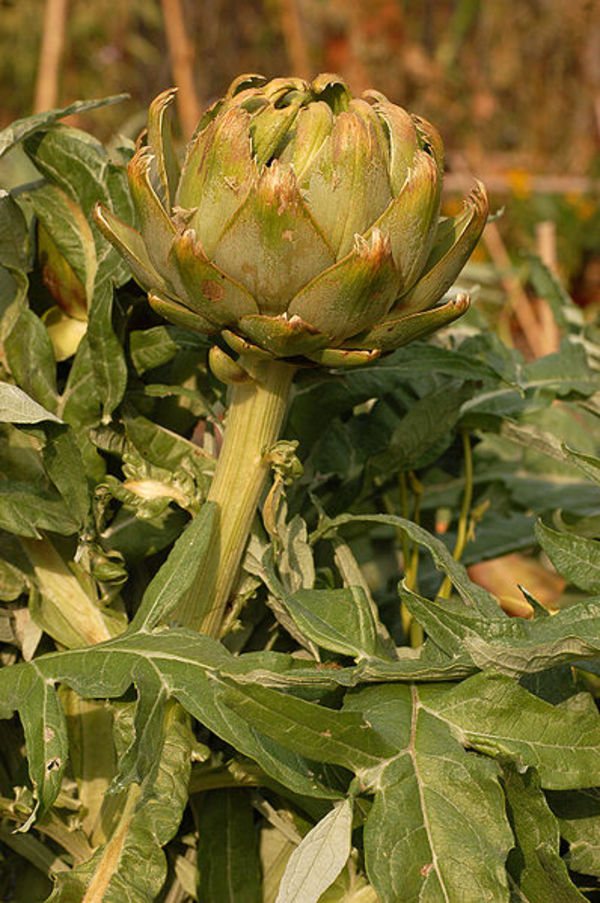
Common Name: Artichoke | Scientific Name: Scolymus Cynara

Family Name: Compositae
Introduction
The artichoke is a popular food in Europe, and one that is gaining ground in America. Probably a good thing because artichokes contain compounds that stimulate the liver and may even offer the liver protection from dangerous chemicals in our enviroment.
Resources
Fact Sheet
Fact Sheet
History
This well-known plant is a native of southern or Mediterranean Europe , and is cultivated in this country. The flowers, or heads, as they are commonly called, appear in August and September, and are the parts used; the succulent receptacle and part of the calyx-leaflets are the edible portions. In their young stage, the heads, prepared with vinegar, salt, etc., are much valued by some persons. The corollas are used for coagulating milk. The juice of the leaves is amarous. This plant must not be confounded with the Helianthus tuberosus or Jerusalem artichoke, a species of sunflower, the tuberous roots of which are sometimes used as a substitute for potatoes, and as feed for hogs.
Action, Medical Uses, and Dosage
Diuretic and alterative. Reputed very beneficial in dropsies, and has been efficient in rheumatism, gout, jaundice, tic-douloureux, etc. The recent leaves only should be used in the form of an extract, or alcoholic solution. (Dr. Badely, in London Lancet, 1843, p. 556).
Disclaimer: The author makes no guarantees as to the the curative effect of any herb or tonic on this website, and no visitor should attempt to use any of the information herein provided as treatment for any illness, weakness, or disease without first consulting a physician or health care provider. Pregnant women should always consult first with a health care professional before taking any treatment.
